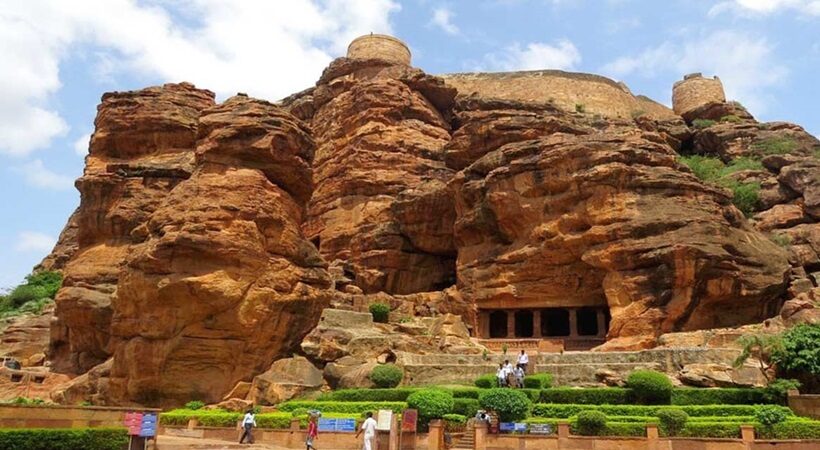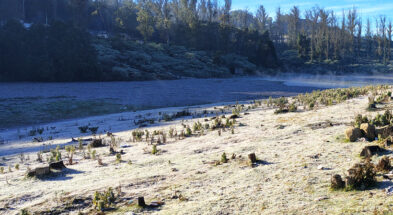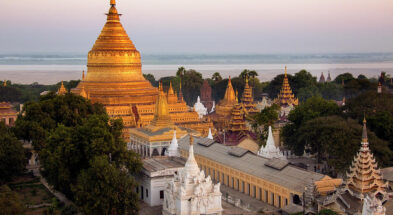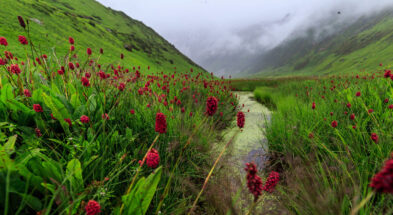The rock shelters of Bhimbetika are very significant to India’s prehistoric past. These rock shelters offer the viewers a peek into the lives of hunter gatherer’s through the expressive and intricate cave paintings scattered through the complex. The Rock Shelters happen to be in the foothills of the Vindhya Mountains on the southern edge of the central Indian plateau. Within massive sandstone outcrops, above the comparatively dense forest, are five clusters of natural rock shelters, displaying paintings that appear to date from the Mesolithic Period right through to the historical period.
One can reach Bhimbetika through a short 45 kilometers trip from Bhopal, Madhya Pradesh. The cave complex is now recognized as a UNESCO world heritage site consisting of seven hills and over 750 rock shelters distributed over 10 km. These rock shelters were found accidentally by archaeologist Dr. Vishnu Wakankar in 1957, who noticed these structures from the train window during his journey to Nagpur. These rocks looked similar to the rocks that he had previously studied in France and Spain. He went to the area with his team of archaeologists and discovered these shelters which dated back to pre-historic times.

The rock shelters provide a rare glimpse into the settlement of humans and cultural evolution from hunter-gatherers to agriculture and the expression of prehistoric ritual traditions. The paintings reveal different aspects of the lives of early men. There are hunting scenes, images of people riding horses or elephants, paintings of the fashions of women, and depictions of household activities. Animals are a common motif in the paintings and you’ll be able to see elephants, tigers, antelope, and even lizards.
With unbelievable detail, paintings on the faces of caves show the development of the people who lived here from as early as 30,000 years ago up until the Medieval period. The paintings showcase vitality and narrative skills of their own. Based on the motifs, the paintings are categorized into different periods. The oldest ones are dated to the Late Paleolithic Period and feature paintings of rhinos and bears. Paintings from the Mesolithic age are smaller.

One of the characteristic features of this era is the depiction of human activities. Coming to the early Bronze age, the viewers can explore the early human conception of agriculture. And lastly, the highly decorative painting from the early historical times display religious and spiritual motifs such as tree gods and sky chariots. The paintings also reveal various facets of the lives of early men. There are hunting scenes, images of people riding horses or elephants, paintings depicting the fashion of women and household activities during that period. Animals are a common motif in the paintings and you’ll be able to see elephants, tigers, antelope, and even lizards. So, these paintings mirror life during pre-historic times.



















